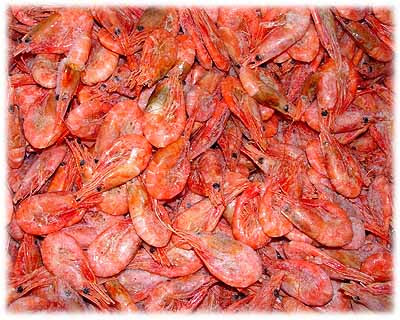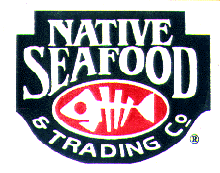A BUSY DECEMBER : IN THE FISH BIZ
I finally have a few spare moments to write about the past few weeks. It has been some time since I last wrote anything the public could seem remotely valuable. I had intended to fill these pages with information covering the full spectrum of Holiday related seafood and fish information. The feast of the seven fishes and the like. Instead I spent my time endeavoring to supply the local distributor I work for an ample amount of product for our accounts. The mere fact that the Christmas and the New Years holidays both feel on a Tuesday have made it increasingly difficult to secure the desired products for the holidays. I am always reminded that this biz is actually a logistic and supply paradigm. One of the biggest challenges is convincing the chefs and restaurateurs that the particular product desired is not available due to conditions entirely out of both of our control. When you desire a wild product one has to have a pliable imagination and bountiful creativity. I also spent an after























